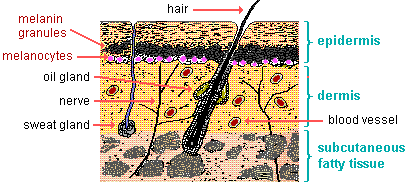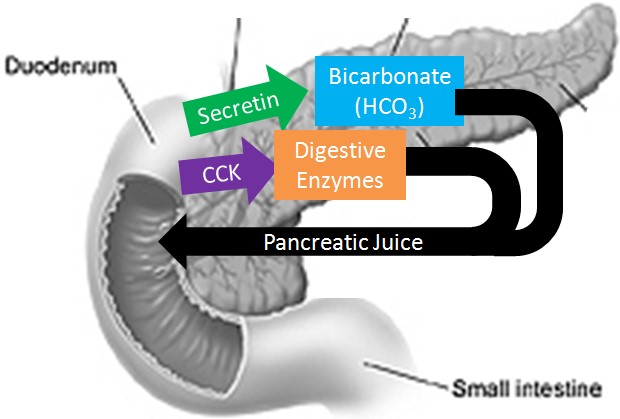In the following data table of an experiment carried out at 4°C (39.2 F) over 4 hours Solution in bag Solution outside bag Bag mass change (g): water Water -0.2 20% sucrose Water +2.4 , 40% sucrose Water +4.3 , 60% sucrose water +5.8 Which of the following options represents the dependent variable?
A. Duration
B. Temperature
C. Bag mass change
D. Solution used outside
Bag mass change is the dependent variable in this experiment.
In an experiment, the dependent variable is the variable that is being measured and is expected to change in response to changes in the independent variable(s).
In this case, the bag mass change is being measured and is expected to change in response to changes in the independent variable (sucrose concentration).
Choice A is incorrect because duration is not a variable in this experiment.
Choice B is incorrect because temperature is not a variable in this experiment.
Choice D is incorrect because sucrose concentration is an independent variable, not a dependent variable.
An independent variable is a variable that is manipulated by the experimenter to see how it affects the dependent
Therefore, the Correct Answer is C.




